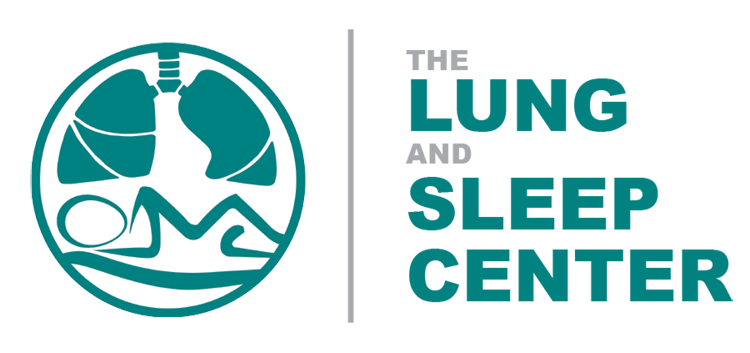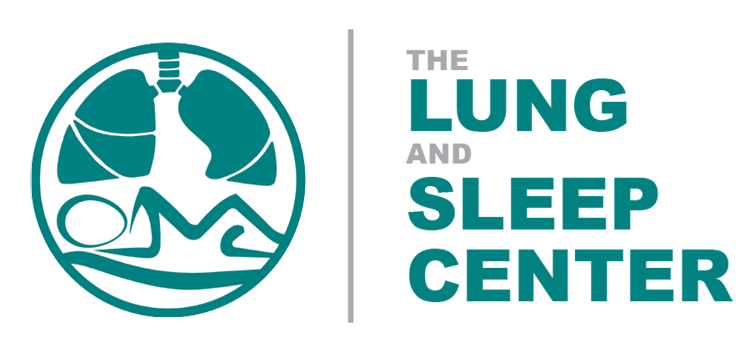COPD/Emphysema Evaluation
COPD/Emphysema Evaluation
Emphysema & COPD Emphysema is a chronic (long-term) lung disease, usually caused by smoking. Emphysema is the main form of chronic obstructive pulmonary disease (COPD). Diagnosing emphysema usually requires pulmonary function tests, combined with a history of symptoms, such as shortness of breath. There is no emphysema cure other than lung transplantation. However, emphysema treatments can improve symptoms and preserve lung function.
Making the Emphysema Diagnosis
Doctors begin diagnosing emphysema by recognizing breathlessness in someone with a smoking history. Diagnosing emphysema often includes the following evaluation:
History: A person with emphysema usually describes slowly worsening shortness of breath, over a period of months or years. He or she also likely smoked for many years. Symptoms may also include cough or wheezing.
Physical exam: In mild emphysema, a doctor's examination may reveal no evidence of emphysema. In people with more advanced emphysema, a doctor may notice these findings:
- Increased chest size or "barrel chest" (from abnormally expanded lungs in emphysema)
- Decreased breath sounds through the stethoscope
- Rounded fingertips (clubbing)
- Pursed-lip breathing
- Hypoxemia (hypoxia): Low oxygen levels in the blood, detected on pulse oximetry or arterial blood gas testing
- Hypercarbia: High levels of carbon dioxide in the blood. This results from an inability to exhale properly in emphysema
- Cyanosis: Blue-tinged lips, resulting from low oxygen in severe emphysema
- Malnutrition: Muscles slowly waste away in advanced emphysema
Pulmonary function tests (PFTs): A person sits inside an enclosed booth and breathes into a tube. As someone performs various breathing maneuvers, PFTs measure:
- How much air the lungs can hold
- How rapidly a person can blow out air from their lungs
- How much air remains trapped in the lungs after exhalation
- Whether any airflow limitations improve with inhaled bronchodilator medicines, such as albuterol
- People with normal lungs can blow out most of the air in their lungs in one second. With emphysema, it's more likely to take longer to empty the lungs.
Chest X-ray film: A chest X-ray of someone with emphysema may show abnormally large lungs. In early emphysema, though, a chest X-ray film is usually normal. Diagnosing emphysema can't be done with an X-ray alone.
Computed tomography (CT scan) of the chest: A CT scan in someone with emphysema may show small pockets of air throughout the lung. These areas of damaged lung are where air becomes trapped, making forceful exhalation difficult.
Complete blood count: This simple blood test usually shows normal amounts of white and red blood cells. In advanced emphysema, the red blood cell count may rise. Infections may cause an elevated white blood cell count.
Source: WebMD
https://www.webmd.com/lung/copd/emphysema-diagnosis-and-treatments#1


